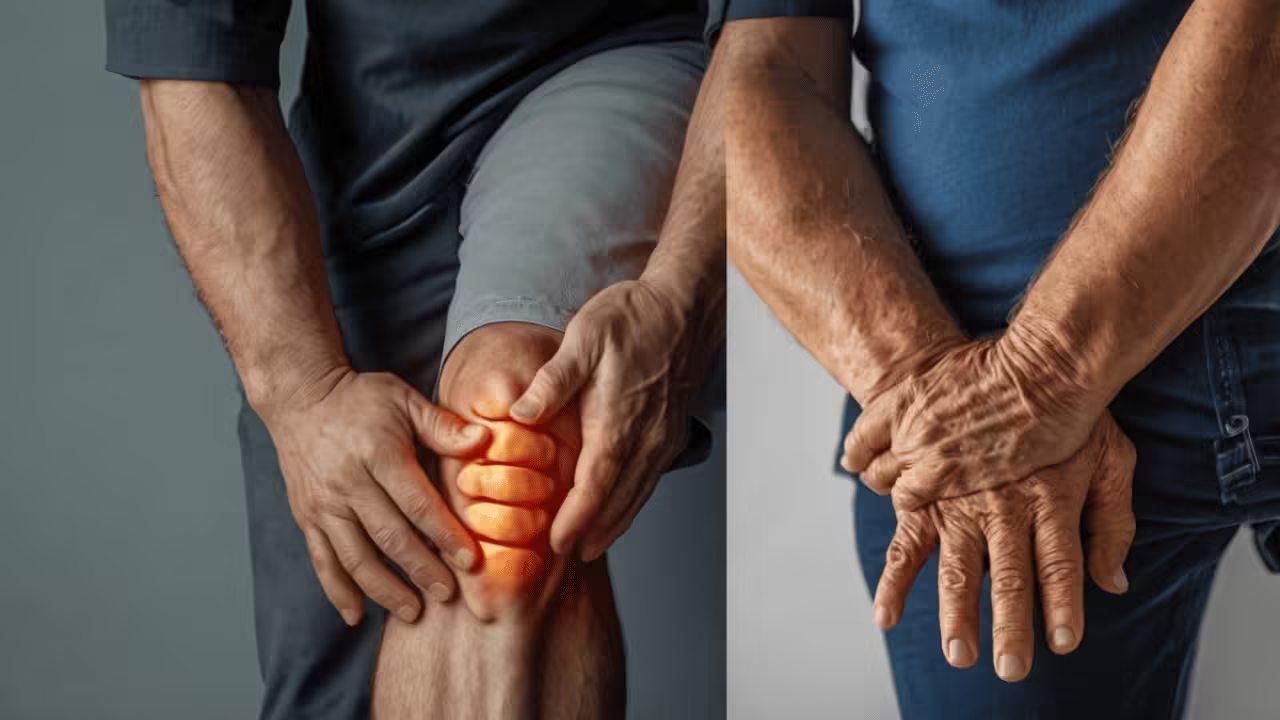Arthritis vs Joint Pain: Key Differences, Symptoms, Causes, and Treatment
Arthritis vs Joint Pain: Key Differences, Symptoms, Causes, and Treatment Overview of Joint Pain and Arthritis Joint pain and arthritis are two of the most common conditions affecting millions of people worldwide. The two conditions are different, though; they share the same origin of discomfort in the joints. Arthritis is actually an inflammation of the




